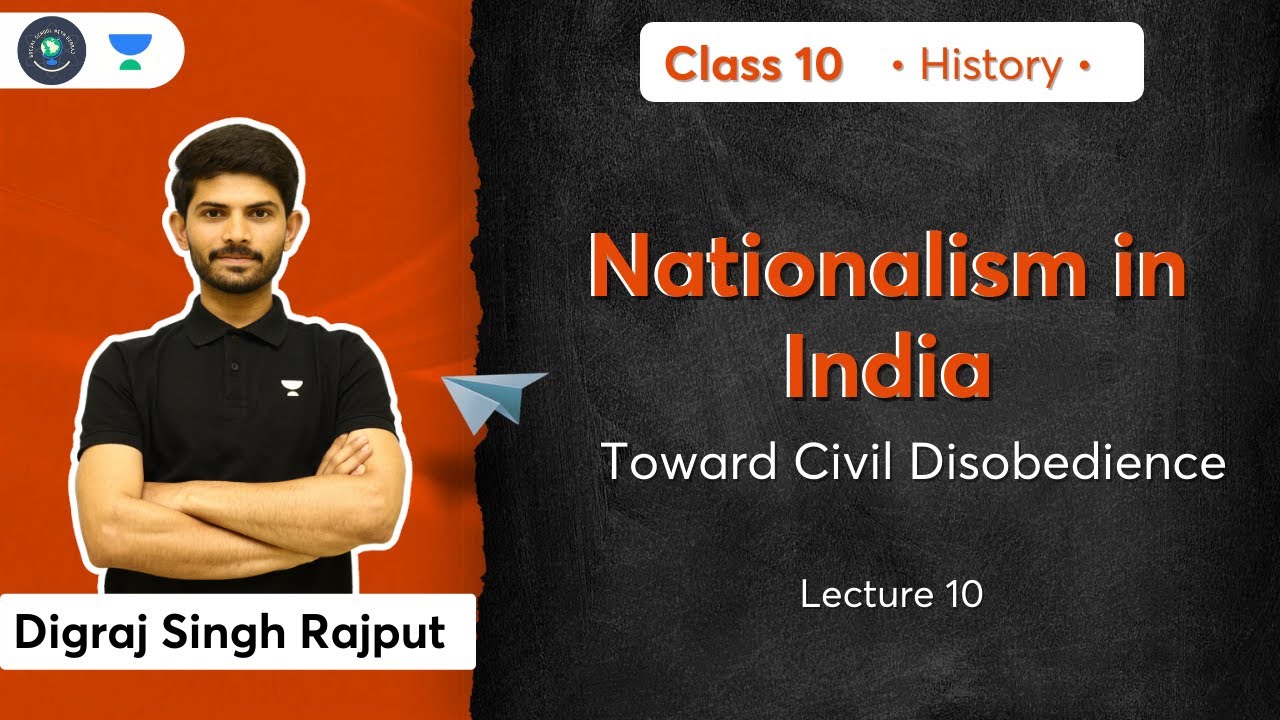Azadi - A Tribute To India’s Great Freedom Fighters | Narrated by Annu Kapoor
Summary
TLDRThe script recounts India's struggle for independence, highlighting key figures and events. It mentions the 1857 revolt against British rule, the martyrdom of Mangal Pandey, and the Quit India Movement led by Gandhi. It also references the Bengal Partition, the Swadeshi Movement, and the role of leaders like Bhagat Singh and Subhas Chandra Bose. The narrative culminates in the call for total independence and the sacrifices made by freedom fighters, emphasizing the collective fight against colonial oppression.
Takeaways
- 🔥 The Indian freedom struggle was filled with numerous sacrifices, starting from 1857 when Mangal Pandey ignited the first spark of rebellion against the British.
- 🕊️ The Enfield Rifle's cartridges, greased with animal fat, offended both Hindu and Muslim soldiers, leading to widespread unrest and the 1857 revolt.
- ⚔️ Rani Lakshmi Bai, the Queen of Jhansi, is celebrated as a fearless warrior who resisted British rule during the 1857 revolt.
- 🏴 The British brutally suppressed the 1857 rebellion, capturing Delhi and deposing the last Mughal emperor, Bahadur Shah Zafar.
- 📢 The Bengal Partition in 1905 fueled the Swadeshi movement, which saw widespread boycotts of British goods and the rise of Indian self-reliance.
- 🎤 Mahatma Gandhi led non-violent movements such as the Non-Cooperation Movement and Salt March to challenge British oppression and promote self-rule.
- 💔 The Jallianwala Bagh massacre in 1919 shocked the nation and fueled the resolve to overthrow British rule.
- 👊 Revolutionaries like Bhagat Singh and Subhas Chandra Bose believed in armed resistance, forming the Indian National Army to fight British forces.
- ✊ The Quit India Movement in 1942, launched by Gandhi, marked a decisive push for complete independence, rallying millions of Indians with the slogan ‘Do or Die’.
- 🎉 At midnight on August 15, 1947, India finally achieved independence, fulfilling the long-cherished dream of freedom from British rule.
Q & A
What was the cruel practice imposed by the British East India Company on Indian soldiers during the 1857 rebellion?
-The British East India Company imposed a cruel practice where Indian soldiers had to open the new Enfield rifles using their teeth, which involved biting open cartridges greased with cow and pig fat, offensive to both Hindu and Muslim religious sentiments.
Who were the first heroes to stand against the British during the 1857 rebellion?
-The first heroes to stand against the British during the 1857 rebellion were Mangal Pandey and his comrades, whose acts of resistance sparked the rebellion.
What significant event is associated with Rani Lakshmibai of Jhansi?
-Rani Lakshmibai of Jhansi is significantly associated with the 1857 rebellion against the British. She led her forces against the British and became a symbol of resistance and bravery.
What was the impact of the British suppression of the 1857 rebellion on the people of India?
-The British suppression of the 1857 rebellion was brutal, resulting in the execution and imprisonment of many Indian freedom fighters. It marked the end of the Mughal rule and the beginning of direct British rule in India.
What was the strategic move by Mahatma Gandhi during the Salt Satyagraha to challenge British rule?
-Mahatma Gandhi's strategic move during the Salt Satyagraha was to march to the Dandi beach and make his own salt, defying the British monopoly and salt tax, symbolizing civil disobedience.
How did the Quit India Movement of 1942 escalate the struggle for independence?
-The Quit India Movement of 1942 escalated the struggle for independence by calling for a mass civil disobedience campaign against British rule. It led to widespread protests, arrests, and violent repression by the British authorities.
What was the significance of the 'Do or Die' slogan during the Quit India Movement?
-The 'Do or Die' slogan encapsulated the determination and resolve of the Indian people to either achieve independence or be prepared to sacrifice their lives in the struggle against British rule.
How did the Bengal Famine of 1943 impact the Indian independence movement?
-The Bengal Famine of 1943, exacerbated by British policies, led to widespread suffering and death, further fueling resentment against colonial rule and strengthening the resolve of the independence movement.
What was the role of Subhas Chandra Bose and the Azad Hind Fauj during World War II in the Indian independence movement?
-Subhas Chandra Bose and the Azad Hind Fauj played a significant role by forming an Indian National Army with the aim of liberating India with the help of the Japanese forces during World War II. Although their efforts did not succeed, they inspired the nation and contributed to the growing anti-colonial sentiment.
What was the significance of the Lahore Session of the Indian National Congress in 1929?
-The Lahore Session of the Indian National Congress in 1929 was significant as it declared Purna Swaraj (complete self-rule) as the goal for India and resolved to launch a nationwide struggle for independence.
Outlines

This section is available to paid users only. Please upgrade to access this part.
Upgrade NowMindmap

This section is available to paid users only. Please upgrade to access this part.
Upgrade NowKeywords

This section is available to paid users only. Please upgrade to access this part.
Upgrade NowHighlights

This section is available to paid users only. Please upgrade to access this part.
Upgrade NowTranscripts

This section is available to paid users only. Please upgrade to access this part.
Upgrade NowBrowse More Related Video

IGNOU MA SOCIOLOGY & POL. SCIENCE || MPS -03 India : Democracy & Development || UNIT -1(Part-1)

SEJARAH LAHIRNYA GERAKAN NASIONALISME INDIA | Materi Sejarah XI SMA/MA

Class 10: Nationalism in India | Toward Civil Disobedience | L-10 | History | Digraj Sir

THE HISTORY OF INDIA in 12 Minutes - Part 1

The American Revolution - OverSimplified (Part 1)

India Wins Freedom
5.0 / 5 (0 votes)